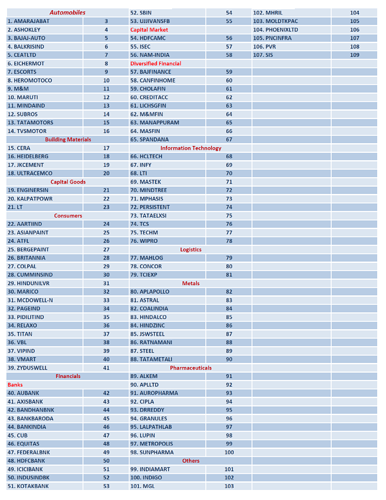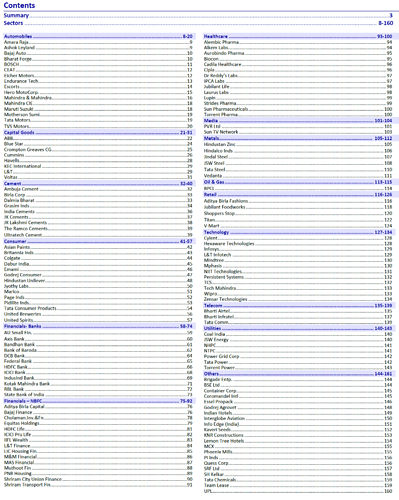An earnings call is a periodic call wherein management discusses financial performance of a company for a specified period.
A conference call between the management of a public company, analysts, investors and the media to discuss the financial results during a given reporting period gives an opportunity to share important information with a variety of people, from shareholders to analysts to institutional investors to financial advisors.
Earnings calls can be critical to a company’s short- and long-term success.
The calls, which are typically conducted over the phone in a conference call format and are held generally at the end of each quarter (four times each year), allow company leaders to highlight great work and growth, put challenges into context, provide perspective during down times, and celebrate success during times of prosperity. Earnings calls are usually hosted after the publication of earnings reports for the given period (quarter or year).
Most, companies have teams of communications professionals and big-brain financial analysts who carefully craft the messages, which are then delivered by a company executive.
The calls can easily be considered part art, part science because every word is chosen to present the company in the best light possible, but the sales numbers don’t lie–they simply are what they are.
Why transcribe an earning call?
1. For Legal Implications: Public companies are required by law to disclose certain information with stakeholders. This includes annual reports, quarterly reports, major events that shareholders should know about, proxy statements and, proposed mergers, acquisitions and tender offers.
Many of these disclosures are made during the quarterly earnings calls.
2. For All Stakeholders’ Interests : In the past, earnings calls may have only been of interest to people who owned stock in a certain company, but that’s not the case anymore.
These days, investors are joined in their interest by the media, bloggers, financial analysts, financial planners and prospective investors.
They’re all looking for opportunities to invest, and they’re all hungry for more and more and more information about companies.
3. Increase Reachout : Sadly, not everyone is able to participate in earnings calls, which is why transcribing earnings calls is so important.
Transcribing earnings calls provides companies with the ability to share information in a variety of formats, ensuring that it reaches as many people as possible.
4. Increase Transparency & Credibility: Another benefit is that providing transcripts allows the company to be a lot more transparent, which is something investors expect. The transcription of earnings calls also ensures that there is no confusion over the direction in which a company is heading.
When accurately captured, the words spoken during earnings calls provide clarity, clear up misunderstandings and build a story about a company’s history, which can be incredibly valuable to investors and prospective investors.
5. Work as a Record: The written format works as a record for easy referencing and helps in further decision making.
The importance of earnings calls is acknowledged by the fact that investors frequently plan their trades close to the date of an upcoming conference. Equity analysts use the information provided during such events to update their earnings estimates.
Structure of an Earnings Call
1. Safe harbor statement
A typical earnings call starts with the safe harbor statement made by the company’s management. The safe harbor statement generally warns the participants of the earnings presentation that the discussion of financial results may include forward-looking statements. Thus, the estimates of results based on the forward-looking statements may substantially differ from the actual results. The disclaimer is intended to limit the company’s liability if the forward-looking assumptions made by the company’s management drastically differ from the actual results in the future.
2. Presentation and discussion of the financial results
After the safe harbor statement has been made, the company’s managers take over the call. Commonly, a company is represented by executives. Depending on a company and its corporate hierarchy, the number of participating executives may vary. However, the two key executives that are always present in the earnings call are the chief executive officer (CEO) and chief financial officer (CFO).
The executives present and discuss the financial results for the given reporting period (quarter or year). In addition, the managers provide an overview of the company’s upcoming goals and milestones, as well as discuss how the plans will impact the future financial performance of the company.
3. Q&A session
The final portion of the earnings call is reserved for the Q&A session. During this session, investors, analysts, and other participants in the call have an opportunity to ask the company’s management questions regarding the presented financial results. Note that the company’s managers have the right to decline or defer their answers for certain questions.
Where to Find Earning Calls transcription ?
Generally, companies announce their upcoming earnings calls several days or even several weeks prior to the event. The early announcement is vital to draw the attention of the parties interested in attending the event. Typical participants are investors, equity analysts, and business journalists. Note that the earnings calls of large companies are often heavily covered in business news.
Most earnings calls are conducted over the phone, in a conference call format.
The conference call format is great for allowing many people to listen in on the call, but it really doesn’t allow people to analyze the words that have been spoken by company CEOs, CFOs and COOs.
For this, most people–including journalists, analysts, financial planners and even investors–turn to the transcripts.
That’s why it’s important for companies to secure accurate transcripts and share them in as many places as possible:
- On their website, where interested parties can quickly and easily access every word spoken during the call.
- In a press release, so that the journalists who cover the company or the company’s industry are sharing the most accurate information possible with investors.
- In investor relations materials, which can help build the company’s brand, increase interest in the organization and strengthen the company’s financial position.
- On internal intranet sites and in internal publications, so employees understand exactly what is happening at the company as well as where the company is heading.
- On BSE / NSE Website, where such earning transcripts are filed.
Words matter in any format. But written words (those that are transcribed) are incredibly powerful because they allow readers to study, analyze and truly understand an issue.


